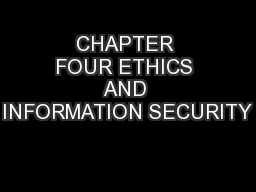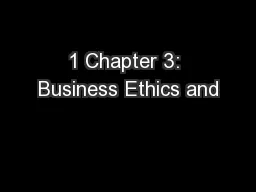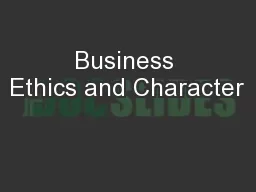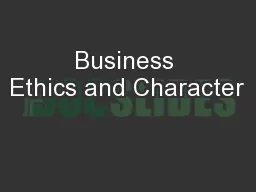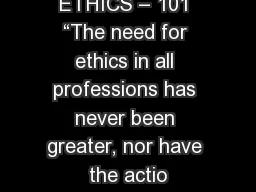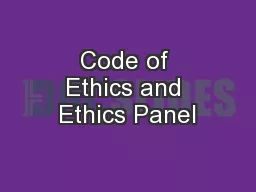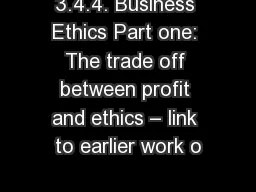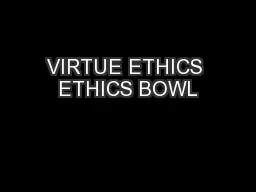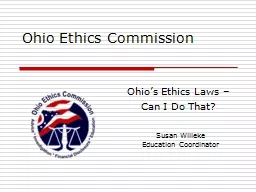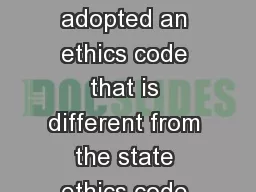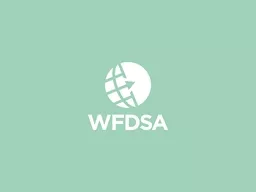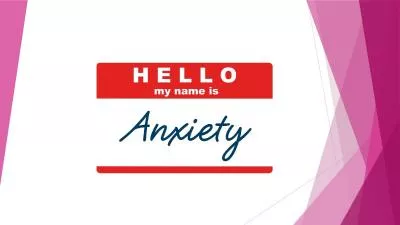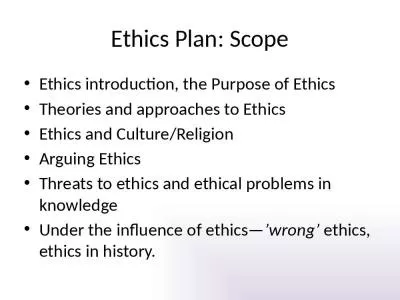PPT-CHAPTER FOUR ETHICS AND INFORMATION SECURITY
Author : alida-meadow | Published Date : 2018-10-28
MIS Business Concerns SECTION 41 Ethics DEVELOPING INFORMATION MANAGEMENT POLICIES Organizations strive to build a corporate culture based on ethical principles
Presentation Embed Code
Download Presentation
Download Presentation The PPT/PDF document "CHAPTER FOUR ETHICS AND INFORMATION SECU..." is the property of its rightful owner. Permission is granted to download and print the materials on this website for personal, non-commercial use only, and to display it on your personal computer provided you do not modify the materials and that you retain all copyright notices contained in the materials. By downloading content from our website, you accept the terms of this agreement.
CHAPTER FOUR ETHICS AND INFORMATION SECURITY: Transcript
Download Rules Of Document
"CHAPTER FOUR ETHICS AND INFORMATION SECURITY"The content belongs to its owner. You may download and print it for personal use, without modification, and keep all copyright notices. By downloading, you agree to these terms.
Related Documents

